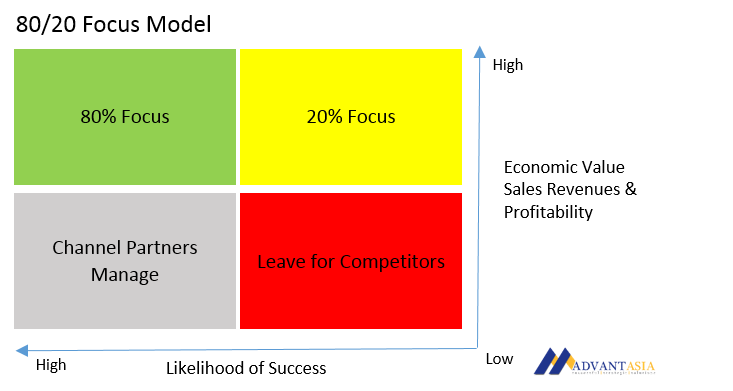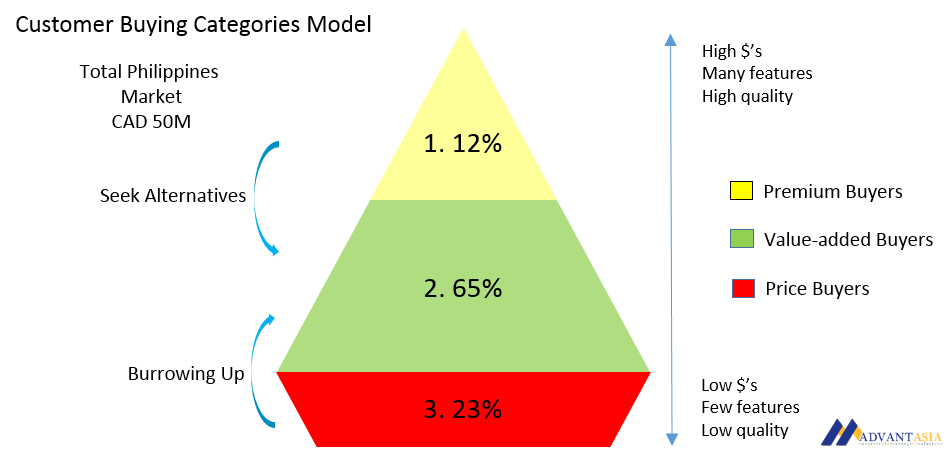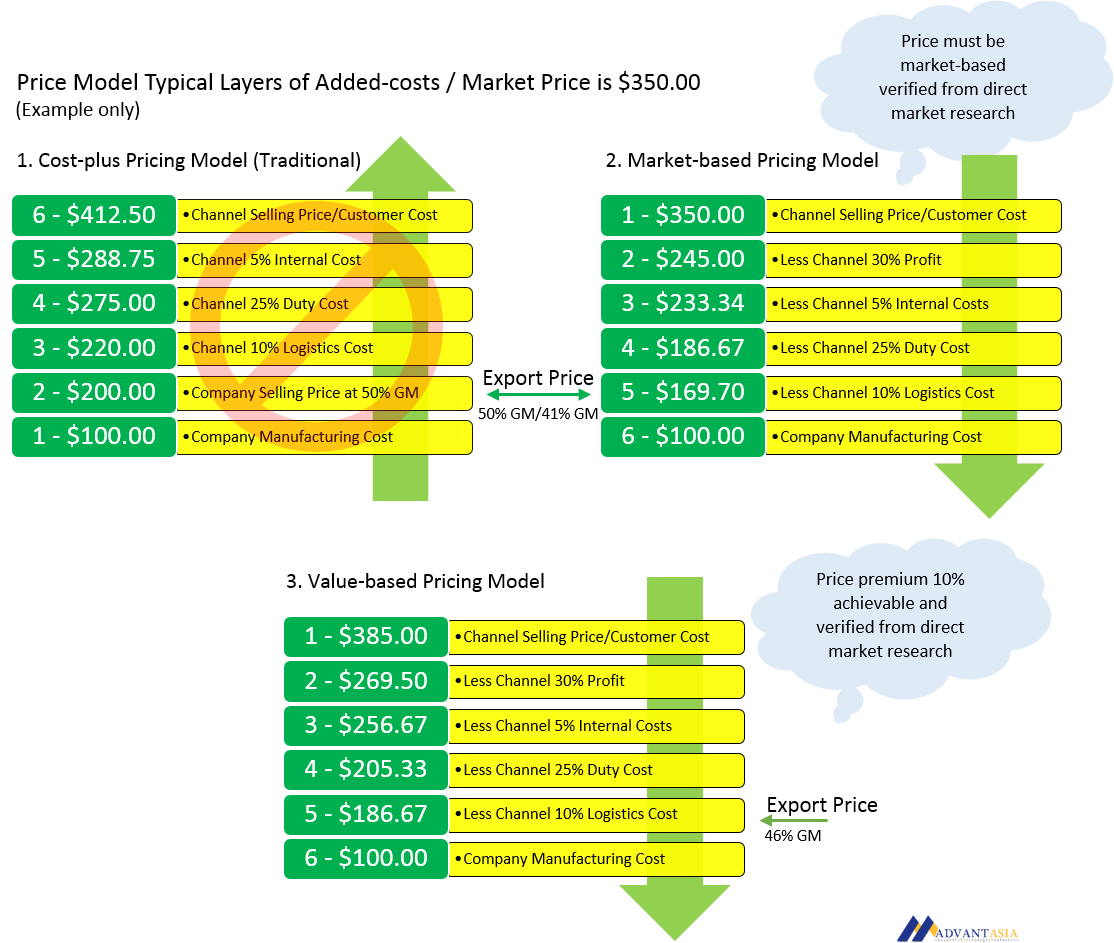
Decoding ASEAN markets from Canada can be a daunting task.
I remember my first trip travelling from Vancouver, BC over the Pacific Ocean and reading a stack of “culture shock” novels to prepare myself for my new overseas selling adventure. I remember reading and thinking “My goodness, it can’t be that different from our Canadian culture,” but how accurate these novels turned out to be.
Globalization has made our world smaller and more accessible from all points, but ASEAN markets have many differences. Understanding them and recognizing the need to adapt to overseas markets is vital to gaining access and developing a successful and sustainable ASEAN business.
1. ASEAN is not a homogenous marketplace, your strategy must be market specific
Market analytics should be the driving force of your strategy to ensure that it is driven by a comprehensive understanding of market complexities. Exporting companies must scrutinize relevant social and cultural, legal, economic, political and technological data, along with customer, channel prospect and competitor data, to harvest meaningful information. The information harvested must define the best growth opportunities by economic value and likelihood of success, based on facts and logic rather than assumptions and emotions.

Strategy then becomes about choice, deciding where to compete, how to compete and most importantly, how to win. A correctly executed strategy must connect all the functional and fragmented parts of the business into a coherent and unified approach. Moreover, the strategy must accurately align business resources, capabilities and capacity with target markets, verticals and customers.
If the business decision is to enter and develop multiple ASEAN markets concurrently, then the right analytics for each market must be collected.
ASEAN markets may share the single market concept and motto of “One Vision, One Identity, One Community”, but the markets are diverse. Both value perceptions and buying behaviors differ significantly throughout the region.
As an example, Singapore and Malaysia are bordering nations but must be seen in very different social, cultural, legal, economic, political and technological contexts. Companies entering ASEAN markets need to be cognizant of these intraregional differences and distinctions, as well as how they influence perceptions and shape behaviors about exporting companies, their products and partnerships.
2. Correct product and price positioning
A multi-national corporation (MNC) which manufactures batteries in the FMCG (fast moving consumer goods) segment launched into the ASEAN market, proclaiming that “our batteries last five times longer and are only three times more expensive compared to our local competitors’- we will gain millions of new customers”.
The launch failed because of misaligned product and price positioning. The company misinterpreted value perceptions, and failed to recognize that being three times more expensive was beyond the threshold of customer affordability.
Analyzing, understanding and targeting addressable market segments and customer categories is crucial to product and price positioning. Most ASEAN markets have three-tier customer categories:
- Premium buyers – Discerning buyers who accept only top-tier brands, offering the highest quality in products with the most features, along with priority services. They are willing to pay the highest level price premium, for example Emirates Airlines first class travel.
- Value-added buyers – Buyers who expect high quality products and services that meet specific needs. They normally accept products with less features and are willing to pay a price premium based on relevant perceived value, for example business class or economy-plus air travel.
- Price buyers – Buyers who seek products that are of adequate quality at the best possible price, and have less concern about quality, service levels and consistency, for example economy-class or budget airlines no frills travel.

The best growth and profit opportunity may be to offer existing products or customize and differentiate products or services in the value-added buyer category. Customers in the price-buyer category are burrowing up because of globalization and better choices being made available. Conversely, customers in the premium-buyer category are beginning to seek alternatives that still meet overall needs but offer less features at a lower price-point.
Companies entering ASEAN markets must align features that matter with customers that matter. With respect to price positioning, is it about profit percentage or contributing profit dollars? This is a subjective question and depends on the exporting company’s business culture, growth objectives and longer-term ambitions. As an example, is 50% profit on a $2M business more appealing than 41% profit on a $5M business?
Exporting is normally a first step, to test the waters and begin the business building and market development process. Once a market is developed sufficiently, investment in manufacturing assets often follows. As such, companies frequently accept lower profitability during the entry and development stage with the endgame of optimizing profitability and customer service post-localized manufacturing investment.
My view? It’s about immediately being competitive and quickly gaining market-share while maximizing profitability for both company and channel partners.
I believe price premiums are achievable and sustainable in highly competitive markets. However, value-added features or services must be relevant, meaningful, and priced within the threshold of affordability.
Rather than using a simple cost-plus pricing strategy, consider a market or value-based pricing strategy. Market-based pricing factors in similar competitors, product features, services and value propositions, while value-based pricing factors in relevant product and services features that differentiate and enable price premiums.
Either pricing model must provide sufficient profitability for channel partners considering logistics and import duties. This price becomes the Ex-Works or FOB export-price or channel partner cost-price for a specific market.
3. ASEAN markets are made up of people and relationships, not just products and price
The importance and value of relationships cannot be understated or underestimated. Relationships in ASEAN markets are founded on trust and confidence. Canadian companies are considered to be highly trustworthy within the ASEAN region and this established trust equity can often translate into brand, product and services preference and price premiums.
Building trust with partners or suppliers through customer-centric business conduct and ethical behavior is something that must be experienced and this takes time. Exporting companies must understand the ASEAN culture is to establish intimate affinitive relationships that build the business. Companies that try to take shortcuts and build their businesses on opportunistic sales before establishing relationships often fail to develop a strong, profitable and sustainable ASEAN business.
ASEAN markets offer significant growth opportunities, and with the right strategy that is correctly aligned with markets, channels and customers, Canadian companies can thrive in the ASEAN region. The core ASEAN markets – Philippines, Vietnam, Thailand, Malaysia, Indonesia and Singapore – are rapidly emerging as the global growth engine of the next decade. Emerging markets and globalization is here to stay.
A number of key ASEAN markets, such as Vietnam and the Philippines, are rapidly evolving as lower-cost manufacturing alternatives to China. These evolving markets offer significant new interregional customer opportunities due to rising incomes and urbanization. The ASEAN region’s total population is approximately 45.7% of China’s, but when comparing the top 10 cities of the ASEAN region and China, that number rises to approximately 62.1% of that of China.
Vietnam reported record FDI for 2015 and the country’s General Statistics Office reports 95% year over year (YOY) growth in the first half (H1) of 2016 ($3.839b to $7.5b). By comparison, this is second-place in the ASEAN region to the Philippines in attracting FDI, who reported 103% YOY growth in H1 2016 ($19.76b to $40.15b).






disqus comments